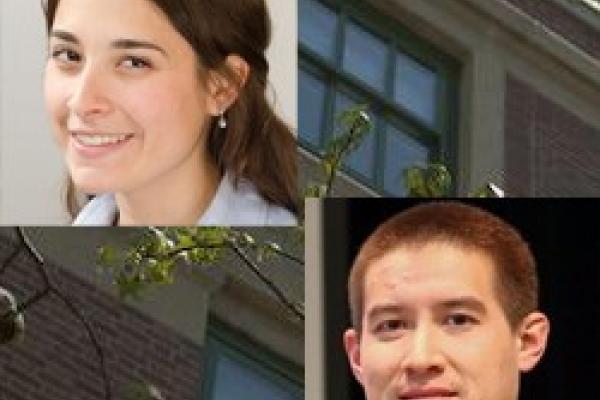Whittney Research Award
Deborah Kunkel
OSU Department of Statistics
PhD expected 8/18
Title: Anchored Bayesian Gaussian Mixture Models
I will describe a novel approach to the specification of Bayesian Gaussian mixture models that eliminates the “label switching” problem. Label switching refers to the invariance of the posterior distribution for the component-specific parameters to relabeling of the components when an exchangeable prior is used. There are two common approaches to address this issue. The first breaks the exchangeability assumption by imposing artificial constraints on some model parameters (or specifies some other informative prior). The second approach relabels the MCMC samples generated to estimate the exchangeable model in a way that favors one specific relabeling of the components. My approach forces a small number of observations, which I call the anchor points, to arise from prespecified components of the mixture. Specifying the anchor points is tantamount to specifying an informative, data-dependent prior, in which some observations are assumed to arise from a given component with probability one. A careful choice of the anchor points can yield marginal posterior distributions for the component-specific parameters that are well-separated and interpretable.
Cooley Memorial Prize
Justin Strait
OSU Department of Statistics
PhD expected 8/18
Title: A Survey of Landmark-Constrained Elastic Statistical Shape Analysis
Shape analysis describes the application of statistical methods to shape data. The study of shape data, typically extracted from images and videos, is of increasing importance, particularly in computer vision, medical imaging, and biology. A vital component of shape analysis is the choice of mathematical representation for the shape, as it must respect various shape-preserving transformations. One class of representations used in the literature is based on landmarks, which are (a finite number of) labeled points on an object’s outline. The other primary class, elastic, treats an outline as a flexibly-parameterized continuous function. In this talk, I will describe a new landmark-constrained elastic shape representation which can resolve possible alignment issues. Metrics for shape comparison will be introduced, and some available statistical methods for landmark-constrained shape data will be discussed. A possible model for the inference of landmark constraints will also be proposed, if these points are not readily available.

